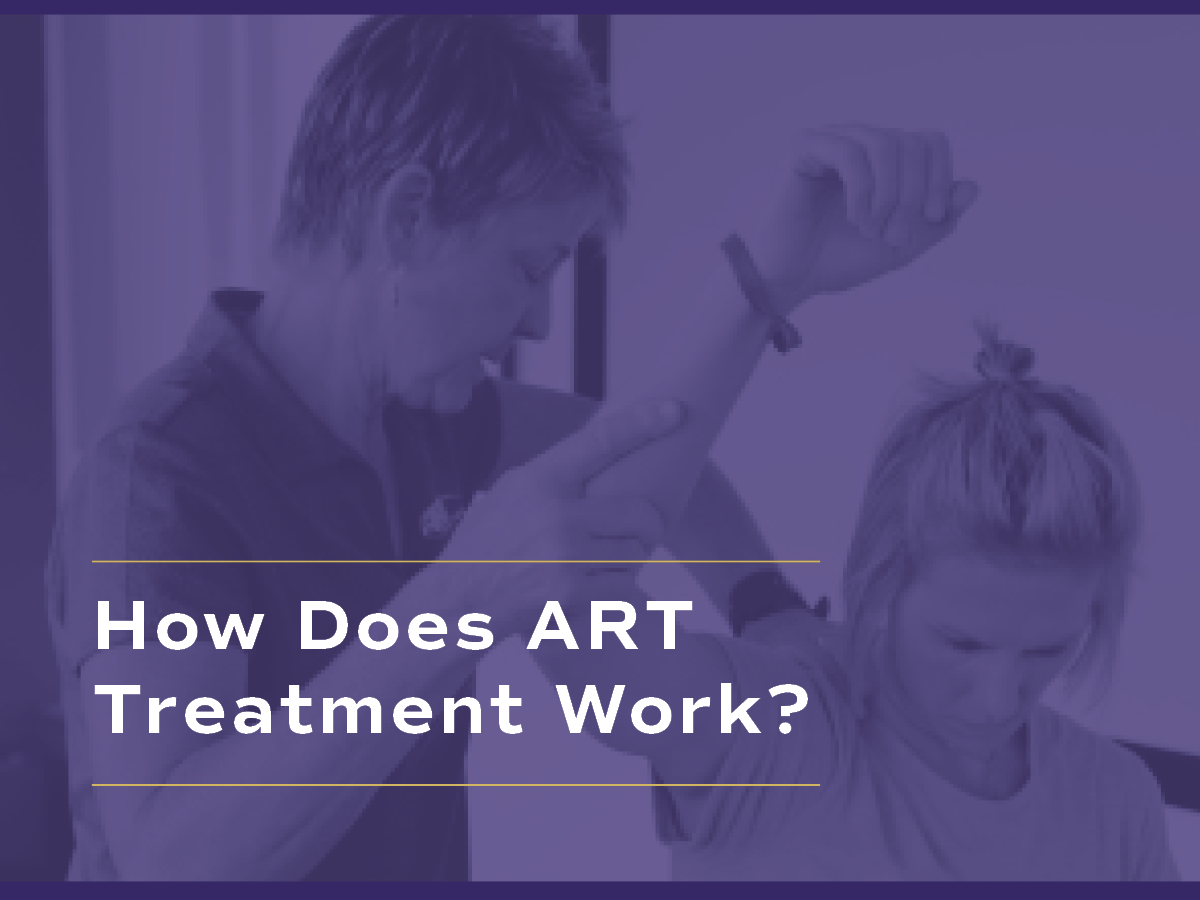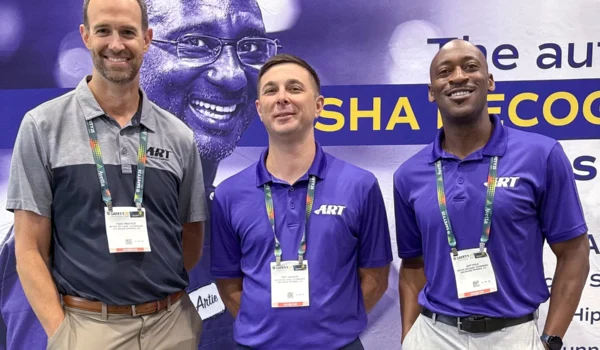Active Release Techniques® (ART®) trains hundreds of health care professionals in various fields each year. Most ART Certified Providers™ are chiropractors, physical therapists, massage therapists, athletic trainers, occupational therapists, and acupuncturists.
A patient’s ART treatment experience can be dependent on the licensure of their health care professional. While ART treatment is a great place to start, we recognize that providers may find other ways to incorporate treatment into their practice.
What is ART treatment?
ART treatment is a non-invasive system that treats soft-tissue and nerve dysfunction at the source. This hands-on treatment uses a combination of provider touch, depth, and tension with patient movement to pinpoint and treat the origin of the affected area.
ART treatment is quick and effective, often taking less than 30 minutes with over 80% of soft-tissue dysfunction solved in five or fewer treatment sessions.
Why can the profession change my ART treatment experience?
Each health care profession has its own specialty and because ART Certified Providers obtain different licensures, they focus on different anatomy aspects when treating patients.
What should I expect if an athletic trainer is providing ART treatment?
Athletic trainer and ART Elite Provider™, Alex Rosencutter, sat down for a quick Q&A to walk us through what ART treatment looks like for his patients.
Keep reading to learn more.
Q&A with Elite Provider, Alex Rosencutter, ATC
Q: How do you incorporate ART treatment with athletic training?
A: As an athletic trainer, I incorporate ART treatment as a part of my diagnostic and treatment process to help pinpoint and resolve soft tissue injuries and imbalances along with injury prevention programs to help mitigate overuse injuries. ART treatment serves as the foundation of manual therapy that is provided to my athletes and clients.
Q: What should a patient expect if they receive ART treatment from an athletic trainer?
A: When undergoing ART treatment from an athletic trainer, a patient should expect a full assessment to help determine the cause of their injury along with active ART treatment to help resolve the injury. This can include a thorough evaluation of the injury, active palpation to help find the cause, and treatment through specific ART protocols to help resolve the injury.
Q: How does a treatment session look different when incorporating ART into your practice instead of just athletic training?
A: ART treatment goes hand-in-hand with typical care from an Athletic Trainer. An athletic trainer’s scope of practice ranges from emergency care to injury rehab, to performance. Depending on the setting, the care provided by an athletic trainer can differ. If an athlete or client is coming into our facility to be seen when an injury first occurs, a treatment session will entail a full assessment to determine the root cause of the injury, the application of specific ART protocols to resolve the injury, and a plan of action for further care.
Q: What changes have you seen in your practice after incorporating ART treatment?
A: Incorporating ART treatment into my practice has greatly improved our assessment and treatment processes, and clinical and performance outcomes for our patients and athletes. With ART treatment, we see improved diagnostic accuracy, greater prevention and correction of overuse injuries, and quicker returns to full health.
Do you want ART treatment?
Thinking ART treatment sounds like a good option for you?
Click here to find an ART Certified Provider near you.




